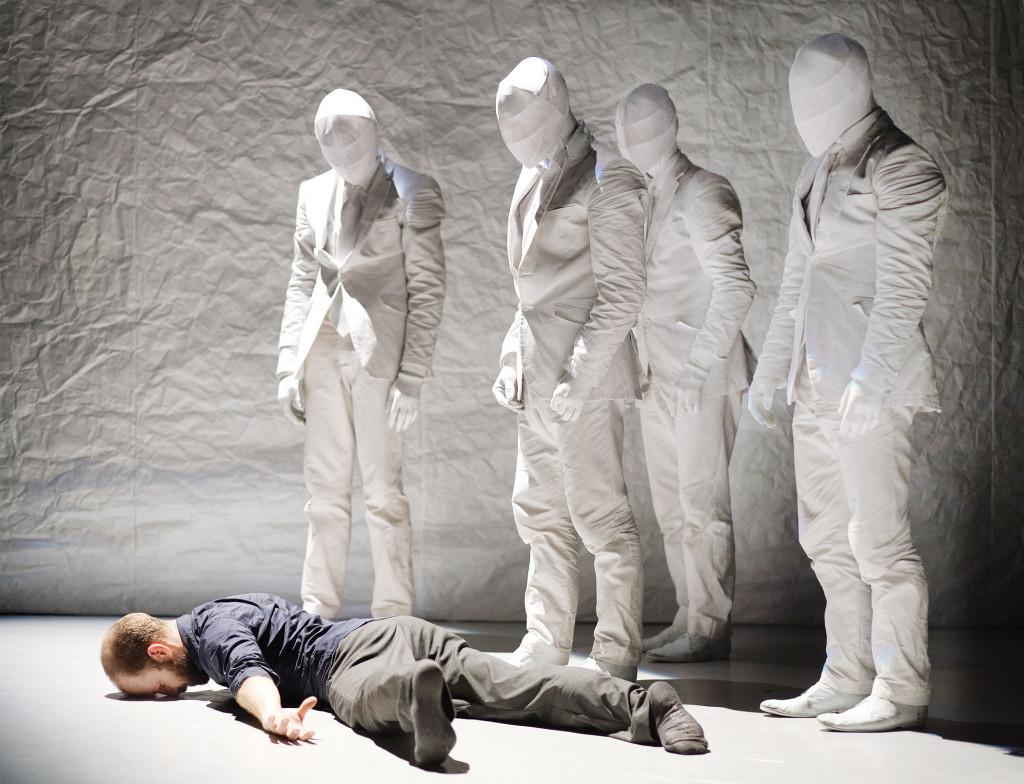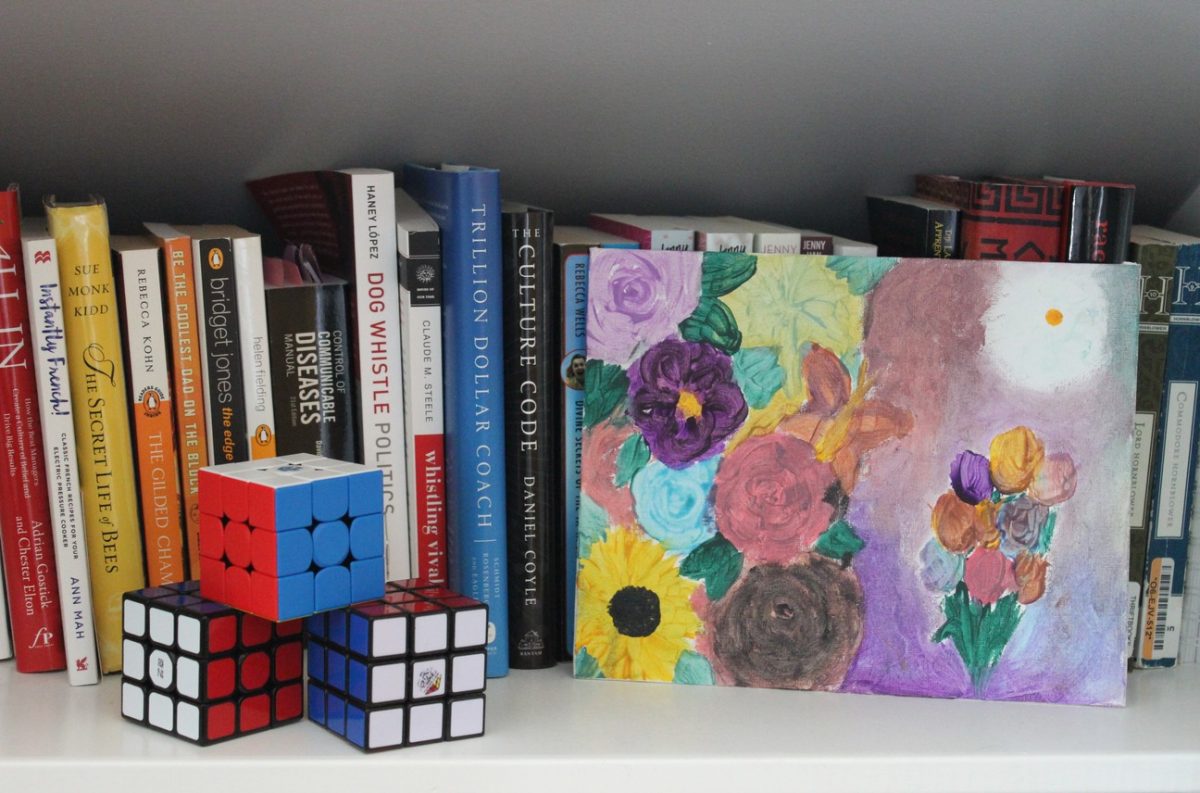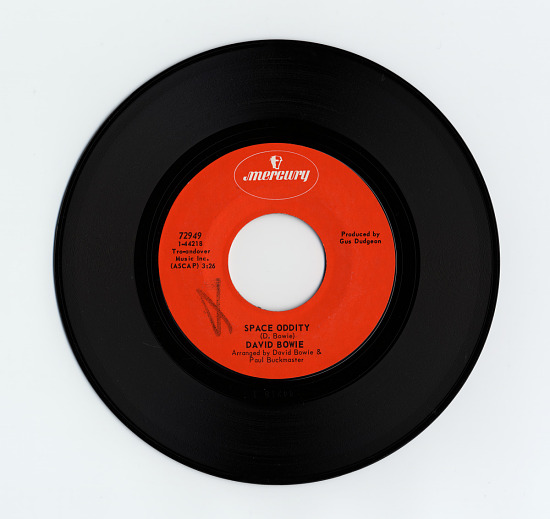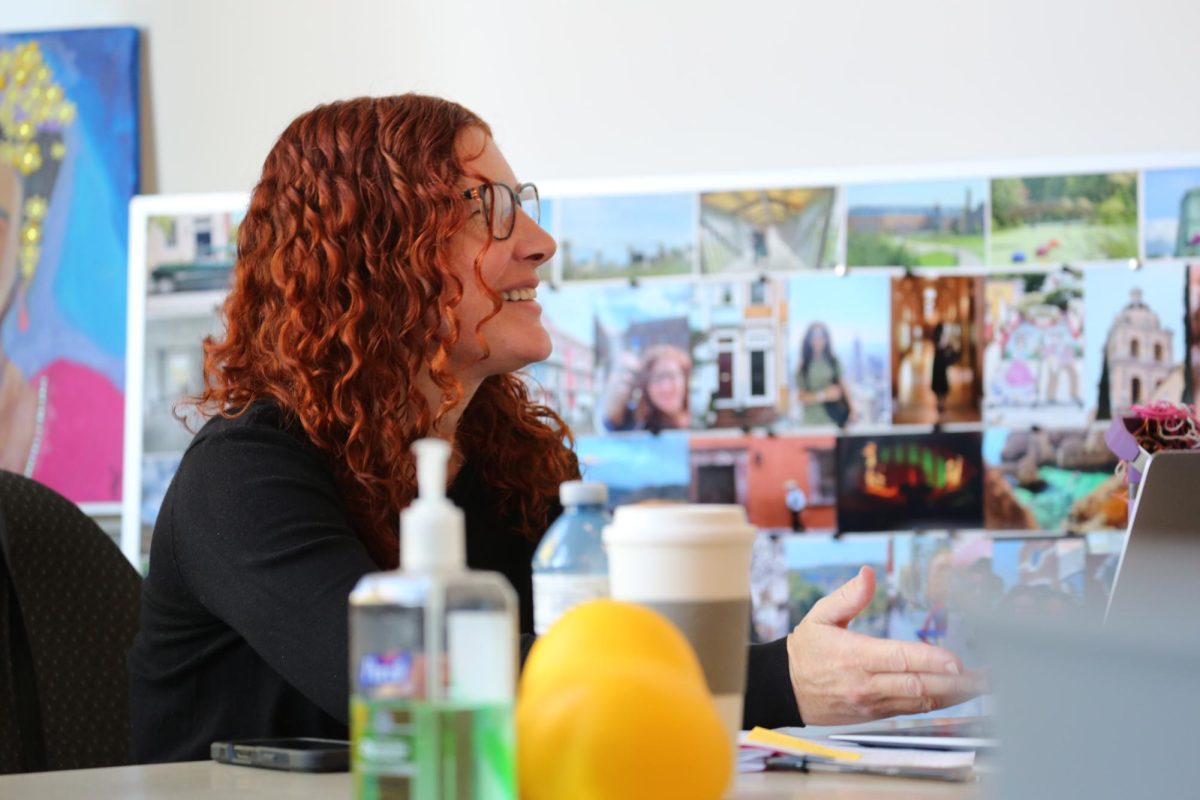A great show leaves a piece of itself behind in the mind of its audience. The experience of looking at the world as seen from another person’s point of view isn’t something soon forgotten. Watching Kidd Pivot’s out-of-the-box contemporary dance performance “The Tempest Replica” wasn’t just like looking into a different world, but a completely new reality where gravity doesn’t have the same effect on its prisoners, and the world is filled with such harmony and beauty, you can almost root for the ‘bad guys’ just because of the magic they brought with them onstage.
Minutes before the show the large auditorium at the Power Center was filled with the quiet hum of pre-show chatter. Patrons lined the aisles finding their seats, catching up with friends, and voicing their anticipation for the show, but everyone in the room kept one eye on the story that had already started to unfold on the stage before them.
Since before the theater opened its doors to its guests for the night, a man had been sitting onthe far left of the wide lip of the proscenium, surrounded by small paper boats. He sits folding them one by one from a seemingly endless stack of paper on his right. Each one is creased deliberately, held gently, then placed into a fleet with the others. A single spotlight illuminates him as he sits on the tip of a black stage, in front of a black scrim, surrounded by the white wisps of paper he’s been folding and folding and folding without relent until finally, just as the show is about to begin, he stops and studies one of his creations as if he doesn’t quite know what’s in front of him. A hush ripples over the crowd, the house lights go down, and everyone is trapped in a communal silence and stillness. The man stands as a woman now enters from the opposite wing, walks up to him, receives the paper boat, unhinges her jaw, and crumples it into her mouth with a swift, unforgiving motion. The stage erupts with the sounds, sights, and havoc of a raging storm.

The storyline that choreographer Crystal Pite uses in the show comes from William Shakespeare’s original play “The Tempest”. The story begins with an incredible storm causing a ship to wreck on a nearby island. Unknown to the nobles that the ship carried, the violent tempest was caused by the magician Prospero who has inhabited the island with his daughter Miranda for the past 12 years since he lost his position as the Duke of Milan, and banished from the city. The rest of the play takes place on different parts of the island, following individuals’ stories ranging in theme from love to deception.
In her adaption of the play Crystal Pite, choreographer of “The Tempest Replica” and founding artistic director of contemporary dance group Kidd Pivot, uses elements that go above and beyond those of a typical dance performance. Some of the ideas she brings into her storytelling are breathtaking and out of the ordinary. The image of a man running with such intense urgency only to be traveling backward, the sounds of a lady’s high heels echoing from the bare feet of a woman walking across stage, and the duet of a man dancing with the mere projection of another person are just some of the most memorable.
Pite manages to tell a story using elements outside of just the body. The original music used in the show might be better described as a collection of sound effects. “I felt like using things like the doorbell and the high heels and the gun and the sound of somebody being kicked, and the ocean, those things would help to anchor us in the real world,” Pite said about her unusual choice in accompaniment.
The costumes also help in illustrating the stark contrast between the real and fantastical worlds. For the first half of the show the characters are dressed completely in white from head to toe, their facial expressions hidden below the cloth that wraps them underneath their white dresses or suit jackets. For the second half of the show the dancers shed their original costumes for dull business clothes, bringing the story from magical whimsy to a stark reality.
Finally, Pite also integrates technical elements to aid in the storytelling. Quotes from the original script and the larger-than-life sized shadow puppets of off-stage dancers acting out dramatized scenes are projected on the backdrop of the set. Projectors are also used to cover the stage in a hazy sea while dancers are knocked around in the heavy winds and rough seas that are imagined on set. Pite resourcefully combines these elements in such a way that she creates a different universe on the familiar stage of the Power Center.

Not to be forgotten, the mere energy each performing member of the show shared with each other and the audience was incredible. A duet between two lovers perfectly embodied the playful chase between a man and woman. A reckless fight scene performed as a solo by a single man brought out the madness that can form in the mind from being trapped in isolation. The raw emotion that was left onstage was unbelievable, and trying to place it into words will never quite describe the experience of watching a stranger express something so personal for everyone to see.
Pite was immediately inspired by the idea of shipwreck and translating that onto the stage and into the body. “As convoluted and as challenging and as problematic as it was going to be, it was actually the perfect story,” she says about her decision to bring this classic tale into a new light. Pite achieved her dramatic shipwreck while bringing another layer of depth to Shakespeare’s poetic words and intricate story. She pushes the boundaries of her craft; everything from the costumes to the choreography to the lighting offer themselves to the mystical, otherworldly feel of the production.
Images by Jörg Baumann via kiddpivot.org publicity photos.
















